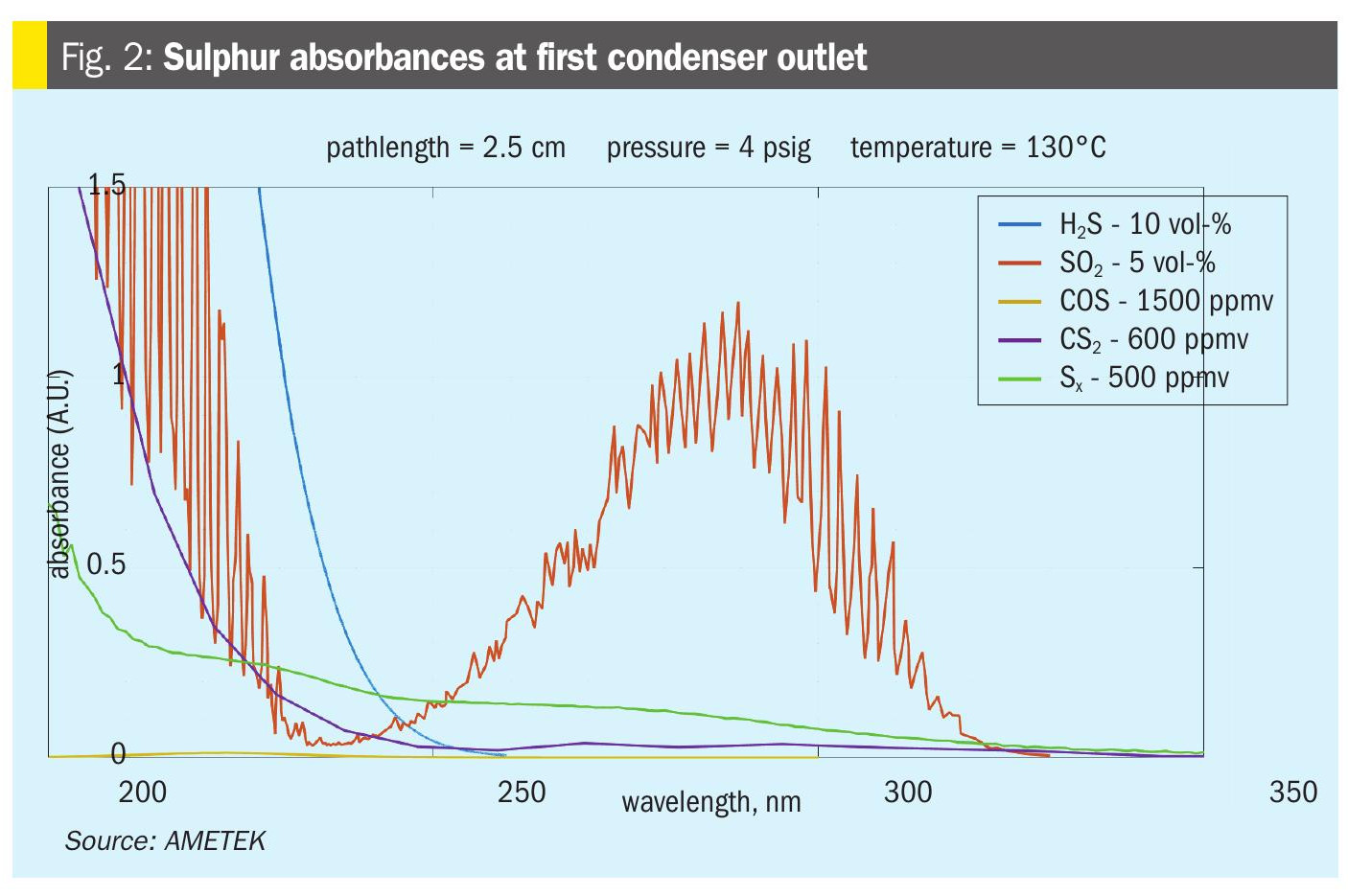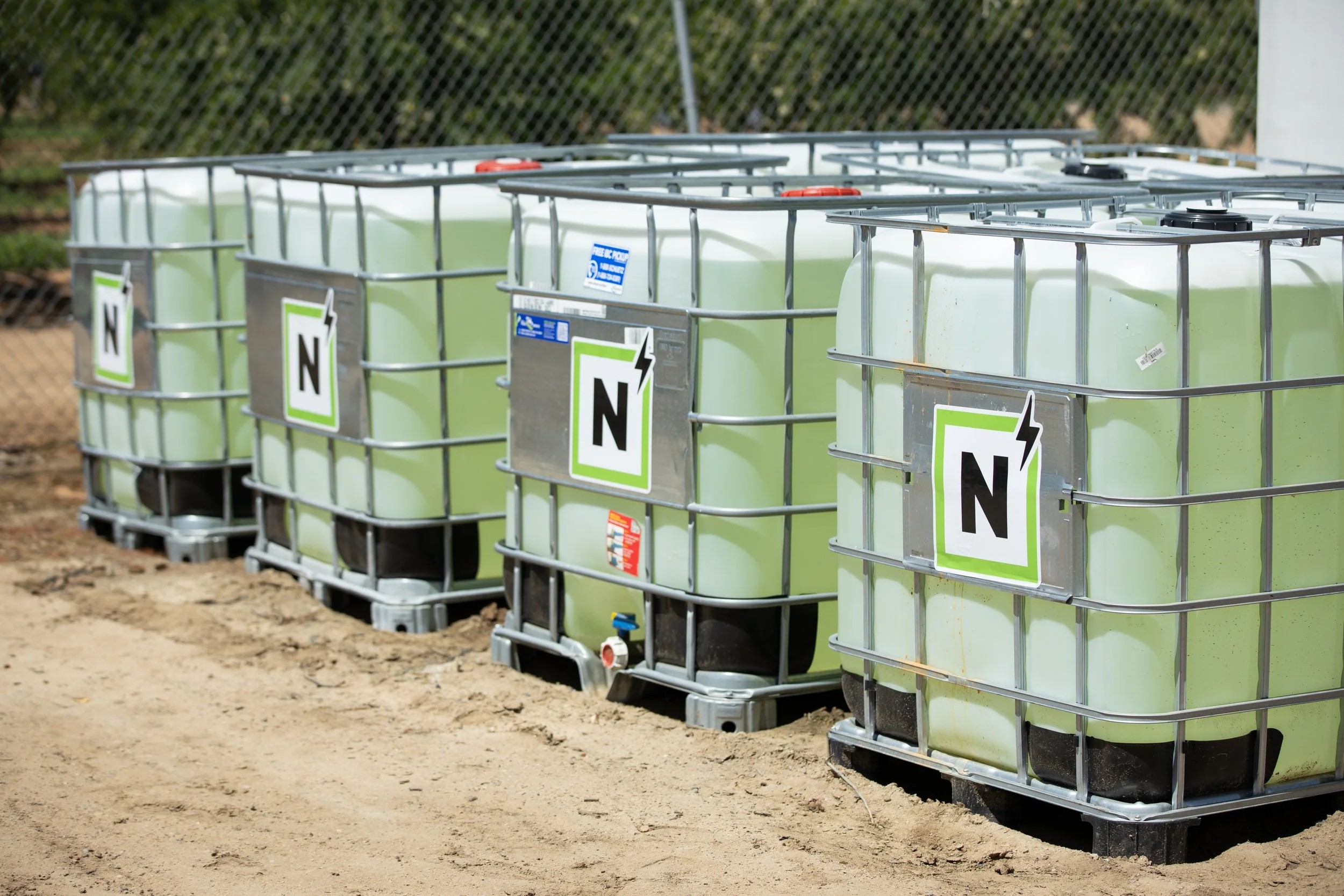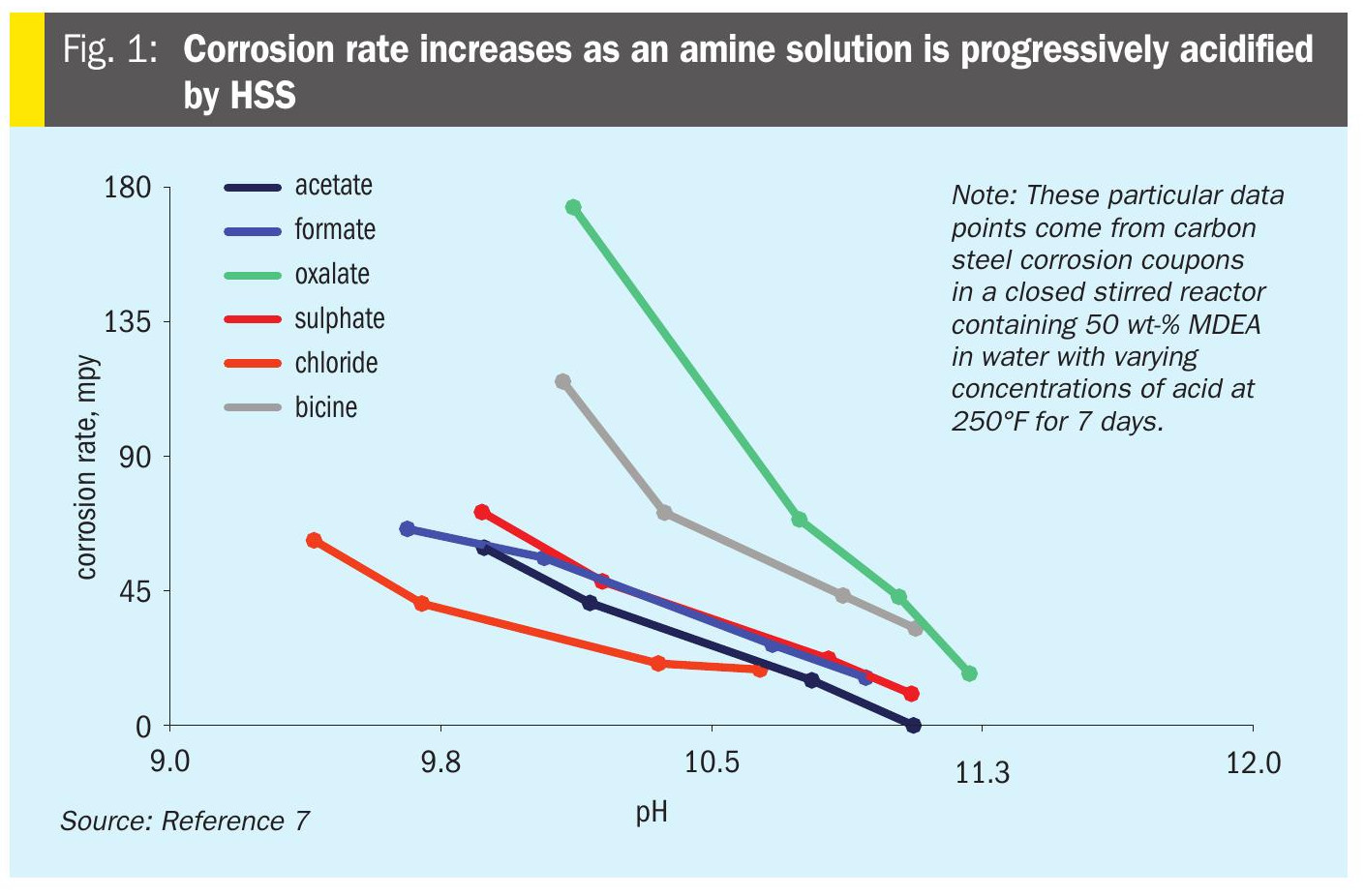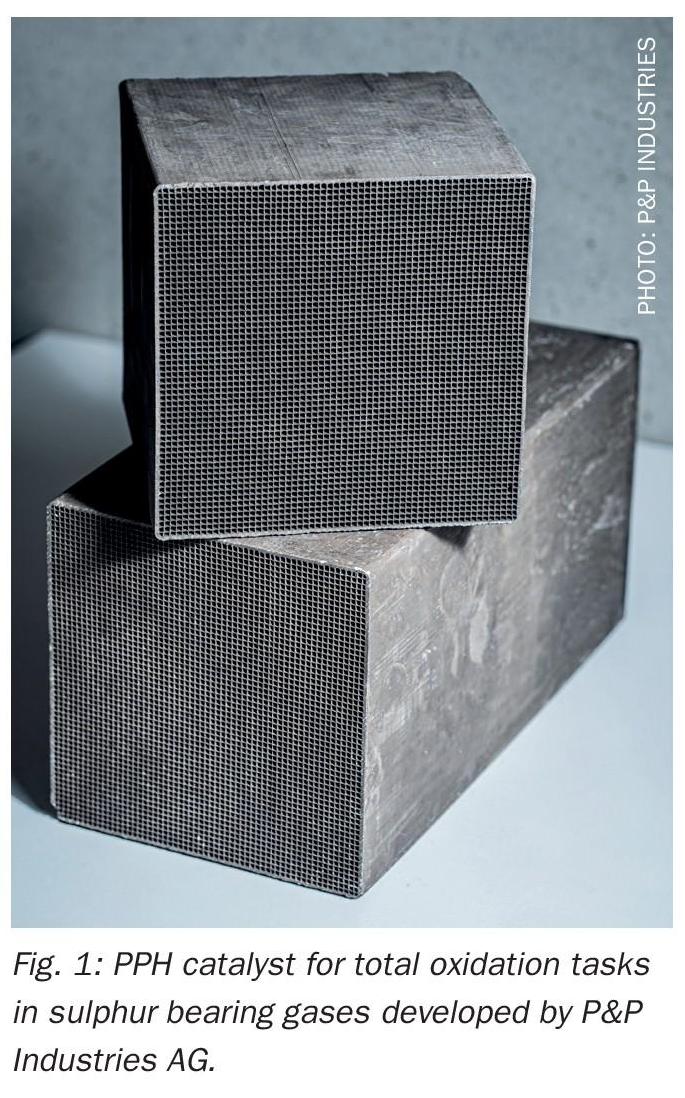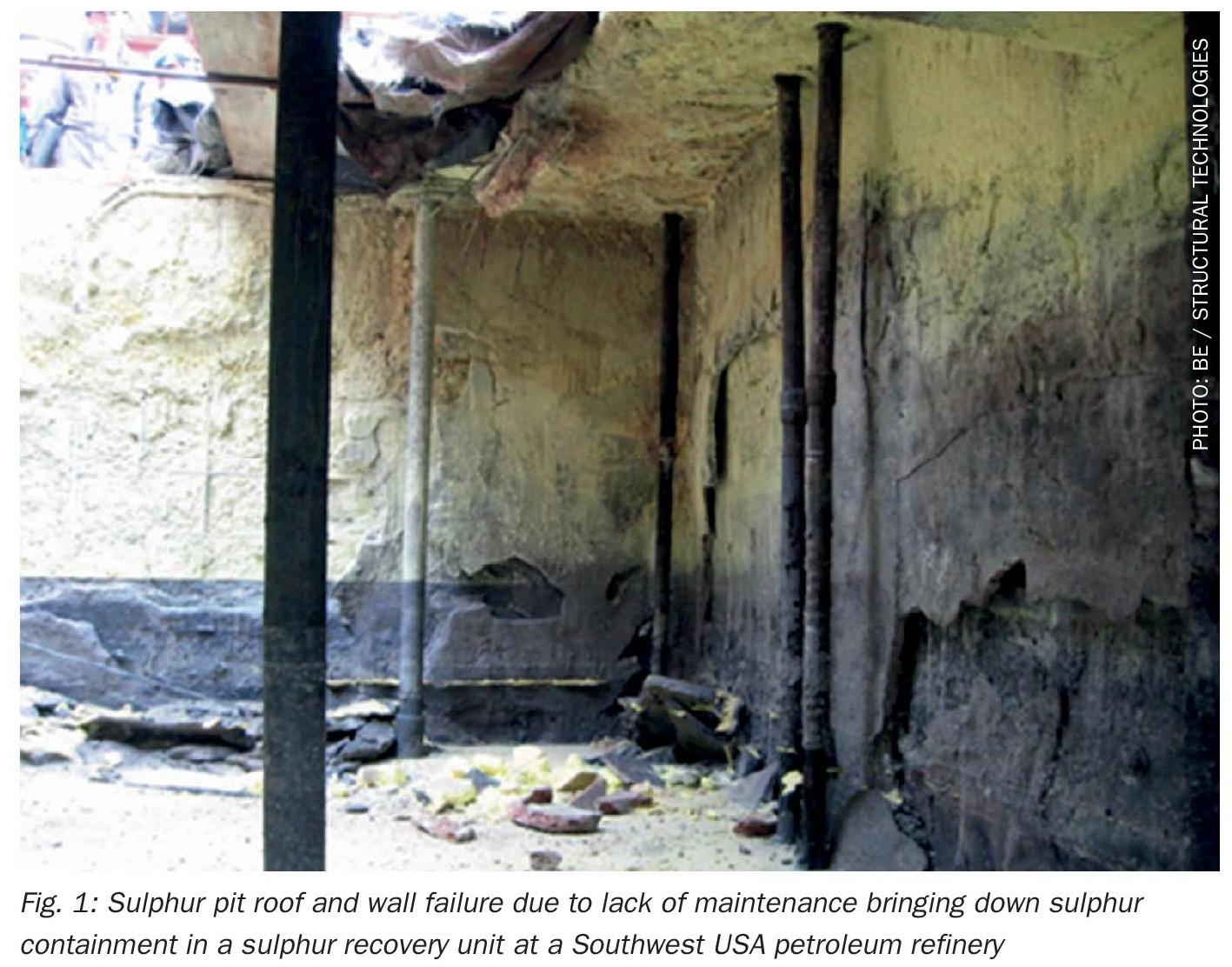Nitrogen+Syngas 329 May-Jun 2014
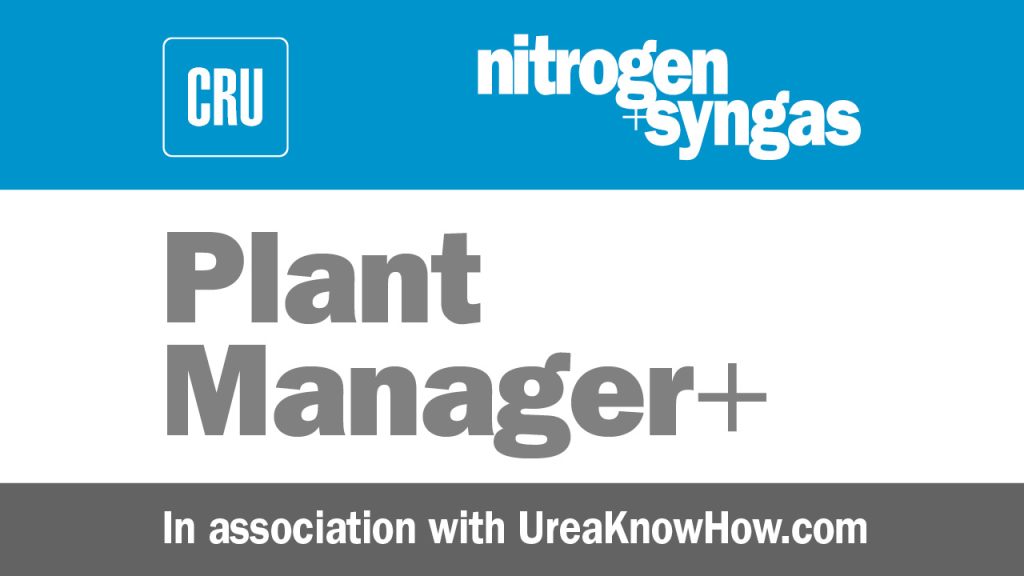
30 June 2014
Problem No. 24: Why is the minimum urea plant load 60%?
It is commonly known that any urea plant has a certain minimum plant load, typically 60% of its design capacity. But why is this so critical for urea plants? Several equipment items and valves in urea plants could have limitations when operating at a minimum load and there is always the risk of active corrosion.

Active corrosion due to a flooding HP stripper tube.
Mr Omid Fayezifar of Pardis Petrochamical Company in Iran initiates the discussion: We operate a urea plant of Stamicarbon design with a pool condenser and a design capacity of 3,250 t/d. I have a question about our start-up procedure. We always start our plant at 60% of total capacity (according to our licensor’s recommendation). What is the background for this recommendation, is it due to plant process reasons or corrosion?
Mr Habib Najim of State Fertilizer Company in Iraq provides a process reason: During start-up of our urea plant (Stamicarbon process) we start with an ammonia excess – 100% NH3 feed and 60% of CO2 flow to get a N/C ratio of 2.9-3.0 until we have overflow in the reactor. We then decrease the N/C ratio to 2.0 by decreasing the NH3 flow to 60% before gradually increasing plant load up to 100%.
Mr Nawal Gupta of Kribhco in India follows with a corrosion reason: If the plant load were below 60%, some of the stripper tubes would run dry and there would be no falling film in those tubes. This will result in higher skin temperature of those tubes resulting in severe corrosion.
Mr Shoiab Minhas of FFBL in Pakistan provides another process reason: Our ejector at the discharge line of the HP ammonia pump opening/suction power is also limited below 65% plant load.
Mr Rajan Khular from Chambal Fertilizers & Chemicals in India joins the discussion: I believe you will get the answer to your question once you refer to the “turn down ratio” for which the plant was designed by the licensor.
Mr Easa Norozipour from Khorasan Petrochemical Company in Iran gives his opinion: I think there is minimum plant load of 60% for the following reasons:
- HP control valves in the synthesis loop cannot work properly below 60% load.
- If the plant load is lower than 60%, the distribution of liquid in HP stripper tubes would be lower than the normal value and some of tubes may operate with a very thin film, leading to higher tube skin temperatures, resulting in severe corrosion.
- With lower than 60% plant load, the residence time of the solution in the synthesis will be higher than normal resulting in increased biuret formation in the synthesis loop.
Mr Muhammad Adnan Hanif from FFC in Pakistan makes a statement: In my opinion, the main reason for having a minimum plant load of 60% of nameplate capacity is because the flow controlling system i.e. control valves are sized to remain 60-70% open max at design load i.e. 100% of nameplate capacity (to have enough margin to cope with emergencies). So in order to keep product specifications at the optimum/required level these controlling systems should be operated at their recommended values, i.e. >30%.
Mr Mark Brouwer of UreaKnowHow.com in the Netherlands joins the discussion: I think corrosion risks are the main concern when defining a minimum load percentage. The HP stripper tubes need a minimum liquid level to assure all will be wetted. Also the HPCC and HP scrubber have liquid/gas distributors at the inlet.
Muhammad replies again: In my opinion, stripper tubes are designed for saturated steam temperature at design pressure of the stripper in our case the design temperature is 235°C for a design pressure of 30 bar. To protect the stripper tubes from higher than design temperatures, a steam to stripper valve closure interlock is also provided.
Mark responds: I agree that the mechanical design for the stripper tubes is like that, but that does not mean one would have excessive corrosion rates under those conditions. Further, the design P and T do not say anything about a minimum liquid load on the tubes to keep them wetted.
Muhammad adds: Keeping all tubes wet is the requirement for equal heat load distribution to utilise all the available heat transfer area in the form of tubes. At reduced load operation, the heat load on the stripper is already on the low side due to lower mass flow of components which have to strip off in stripper i.e. carbamate, NH3, CO2 etc. Mark clarifies further: No, I mean a minimum liquid level in the top is needed to assure all tubes will get a more or less equal amount of liquid. When one tube gets less liquid than another, more gas will enter this tube, which means that even less liquid will be able to enter the tube leading to a dry tube. CO2 will start to show a preferential flow pattern. Some tubes will be dry and others fully wetted, so tubes where hardly any CO2 will be able to enter. Temperatures in these full tubes will rise leading to significantly higher corrosion rates. Stamicarbon is able to adapt the design of the liquid divider to realise a lower minimum load of for example 40% if required.


